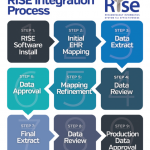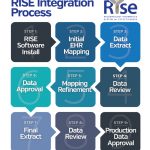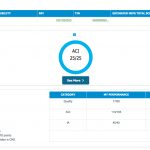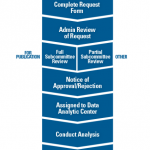Registry Goals
The ACR’s registry currently houses EHR data from more than 1 million patients seen by rheumatologists. As it continues to grow, RISE will offer researchers an even deeper, richer pool for study, says Dr. Yazdany. “We are currently building capacity to apply text mining and natural language processing so we can unlock the detailed clinical information that rheumatologists record in clinical notes. The larger goal is to give researchers granular data to really understand the natural history of rheumatic diseases and examine the efficacy of treatments, with the larger goal of bettering outcomes for our patients.”
Susan Bernstein is a freelance journalist based in Atlanta.



